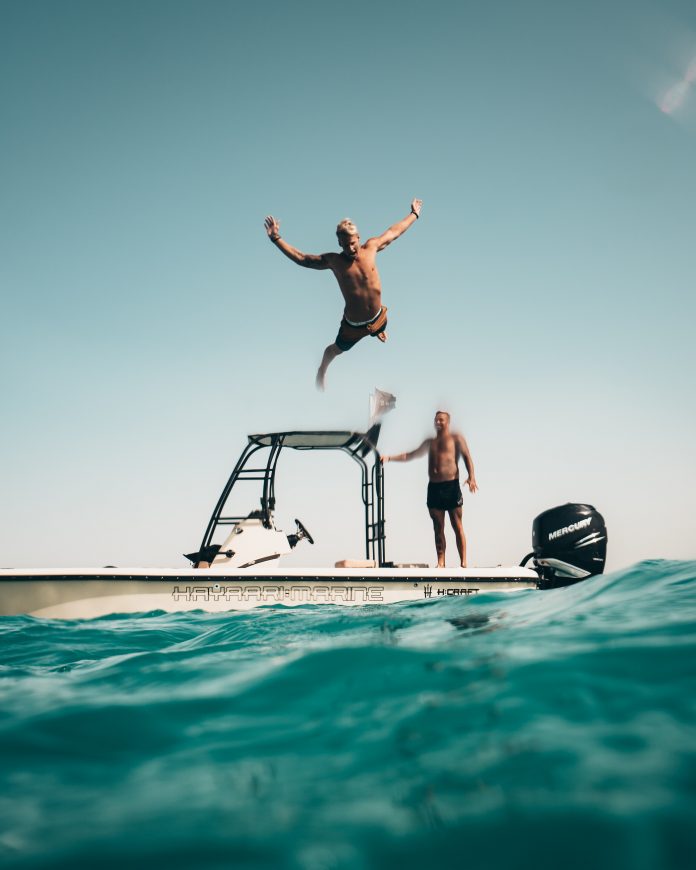The wind blowing through your hair. The smell of the open ocean. Countless nights spent sleeping with nothing but the stars to keep you company. Sailing is typically thought of something that can only be done through a lifetime of practice or through the hiring of a famous captain to lead you through tropical storms, icebergs, and swarms of pirates. However, sailing is much more accessible than you would think.
In fact, the only thing that legitimately holds people back from going on a sailing adventure is time and money. After retirement, these two factors are likely not an issue anymore. From a weekend trip exploring a nearby lake to a once in a lifetime adventure in the Caribbean, the possibilities are endless. Regardless, there are a few things that need to be taken into account before heading on your sailing adventure.
Getting a boat and assembling a crew
The first step to starting your sailing your adventure is figuring out the logistics of it all. How do you choose which sailboat to purchase or rent? Will you learn how to sail or hire a captain to guide you along the way?
The American Sailing Association recommends five things for people interested in buying a sailboat. One thing you have to consider is the amount of work you want to put into the boat. Wooden sailboats, while majestic, require much more time and care. So unless you’re willing to either spend serious time working on the upkeep or hiring people to do so, it may be better to invest in a different type of sailboat — such as fiberglass. This will drastically reduce the maintenance time for your boat and give you more time out on the water.
You also need to take into account who this sailboat will be for and where you plan on sailing it. If you plan on going on a trip with your partner, grandkids, or friends you need to be sure that the sailboat will be comfortable for everyone.
Also, where you intend to sail the boat is a major factor in deciding which craft to purchase or rent. If you plan to day sail on your local lake, you don’t need to spend an exuberant amount of money on a high-end boat. If you’re planning on heading down the coast, get an (aptly named) coastal cruiser. Of course, if you’re planning a bold circumnavigation of the globe, you’ll need a high end cruise boat with all the bells and whistles.
As exemplified by a senior recently learning how to sail in New Zealand, it’s never too late to learn a new skill. For those adventurous individuals who want to become a sea captain, there are a plethora of courses available to get your sailing certification.
For those who’d rather jump straight into it, hiring a captain and crew is easier than ever in the digital age. Several websites are devoted to helping you find a captain to pilot your craft.
But how do you know which captain and crew to hire? There are a few things that need to be taken into consideration. For starters, you need to be certain that the captain is certified to pilot the specific vessel and trip you’re planning. It will give you peace of mind knowing that your captain has a decade of experience piloting across the Mexican coastline.
Often overlooked but just as crucial is the personality of the crew you will be hiring. If you’re planning a weeks-long sailing experience, you need to know if you can get along with the crew for an extended period of time. This is your time to enjoy, and you don’t want anyone to bring your mood down. Hire someone you can be friends with.
Staying safe in the open water
Humans have evolved over time to primarily live on land. And as such, we have also developed a natural fear of the open ocean. For many, it is difficult to get over this natural fear of sailing. The possibility of capsized boats, seasickness, and navigation of the high seas can give people nightmares. But with a little preparation, you can put these fears behind you.
Unfortunately, there is a high possibility that you will get wet. From strong winds to freak waves, there is a chance that you will get well acquainted with water while on your adventure. But there are several precautions that, if taken, can guarantee your safety wherever you choose to sail.
It sounds obvious, but be sure to wear a lifevest at all times — especially if you’re not 100 percent confident in your swimming ability. Most sailing accidents happen when you least expect them so the best defense is good preparation. It’s never too late to invest in swimming lessons to give yourself greater peace of mind out on the water.
If you’re going on a long term sailing trip — think a breathtaking traverse through the Caribbean — there are logistics-related issues that you will have to take into account. Be aware of the weather before you go anywhere. Tropical storms can be a major problem if you are caught unawares in the middle of one. Furthermore, plan your route in order to avoid crowded areas or major shipping channels. This will guarantee that your trip is as calm and peaceful as possible while avoiding any potential for collisions. Making sure your captain is aware of these things is essential in order to ensure safe travels.
It’s amazing just how uplifting the peace and quiet of water can be. Sailing can seem to be a daunting task — but don’t let that get in the way of pursuing your dreams!






















